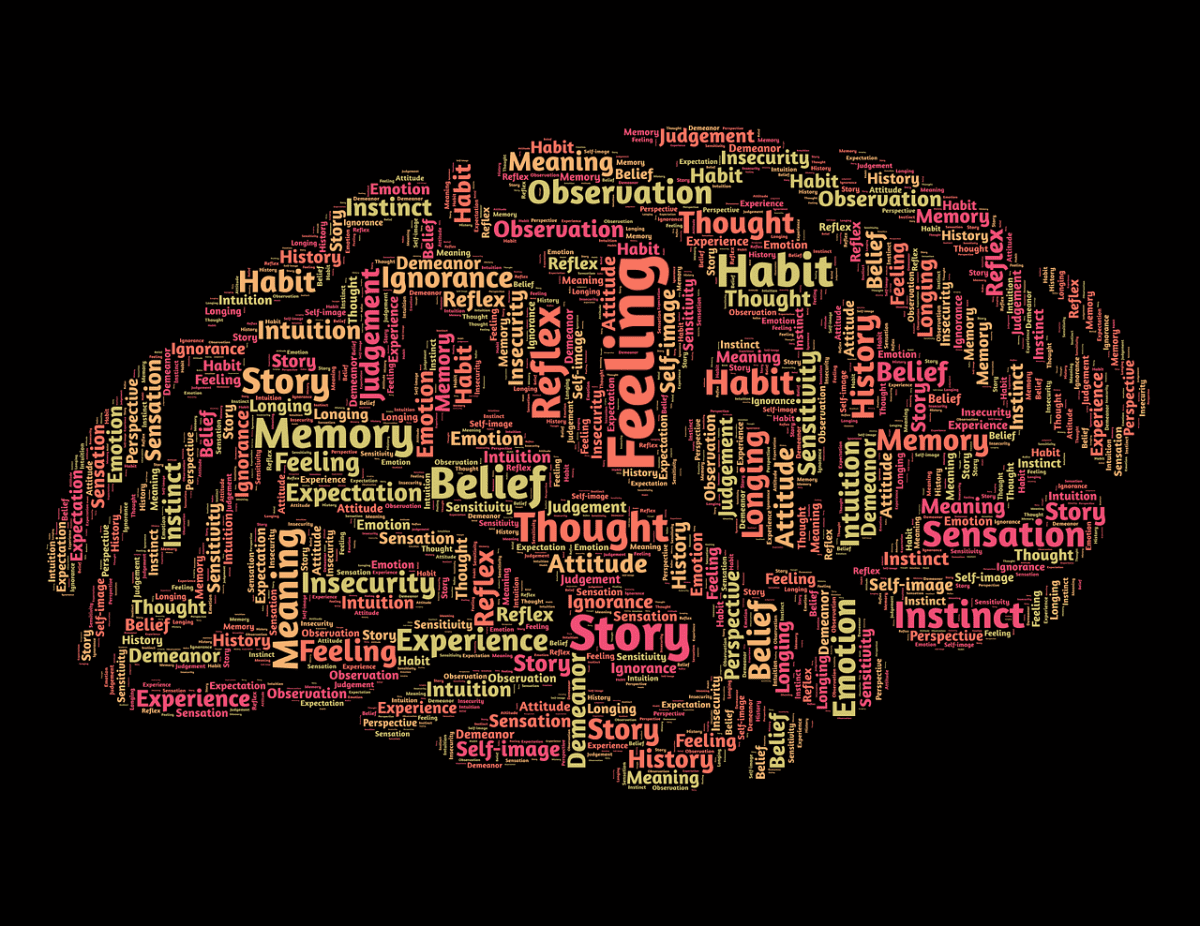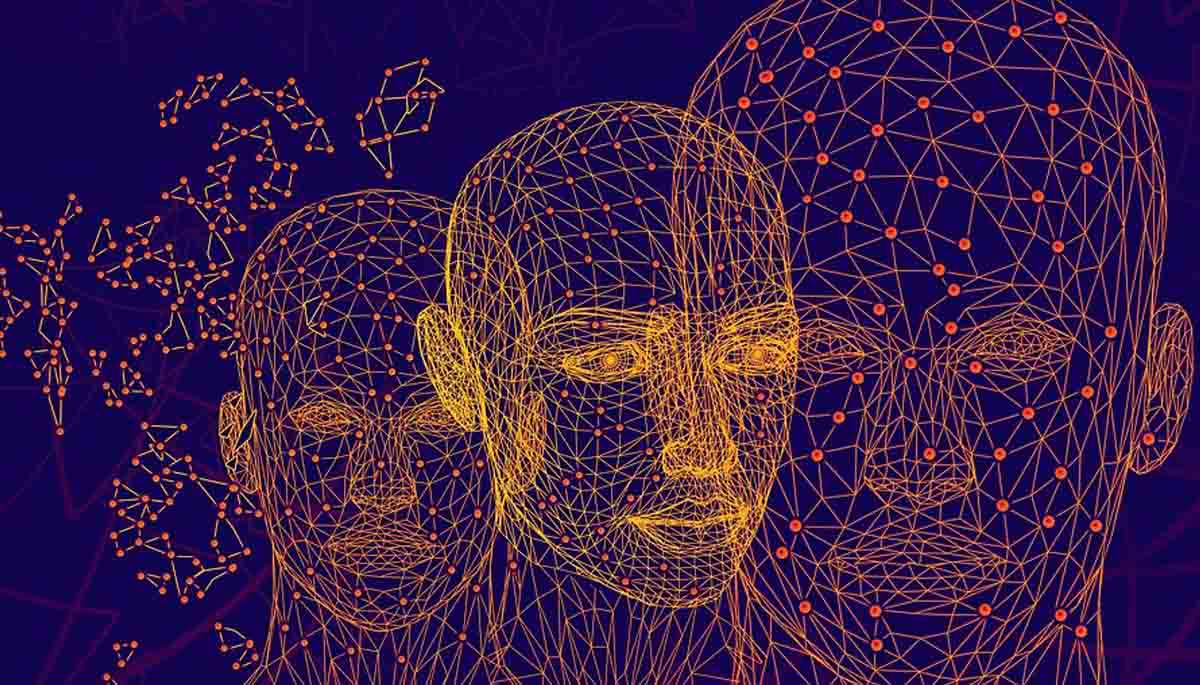Self administered EMDR is a promising new treatment for trauma and PTSD. Unlike traditional EMDR, which requires the guidance of a trained therapist, self administered can be done at home, using a simple online tool. This makes it more accessible and affordable for many people who might not otherwise have access to therapy.
It has been found to be effective in reducing symptoms of trauma and PTSD. A recent study found that self administered EMDR was as effective as traditional EMDR in reducing symptoms of PTSD. It is a promising new treatment option for people who suffer from trauma and PTSD.

What things you should know if you are interested in Self Administered EMDR Therapy Session?
If you are interested in self-administered EMDR, there are a few things you should know. So have a look at those facts and don’t forget to share it with others…
- First, it is important to understand that self-administered EMDR is not appropriate for everyone. If you have a history of trauma or mental illness, or if you are currently experiencing symptoms of PTSD, it is best to consult with a qualified mental health professional before attempting self-administration.
- Second, while it can be effective for some people, it is not considered to be as effective as therapy administered by a trained professional. Therefore, if you do choose to self-administer EMDR, it is important to be sure that you are fully committed to the process and that you have realistic expectations.
- Finally, this is not a substitute for professional help. If you are experiencing symptoms of PTSD or other mental health problems, it is important to seek professional help. Self-administered EMDR should only be used as an adjunct to professional treatment.
How Self Administered EMDR Therapy Performed at Home?
The EMDR Institute states that the treatment consists of eight distinct phases. The therapist guides the client through the use of bilateral stimulation while thinking about various images during Phases 3 through 6.
Eye movements or vibrating hand buzzers are two examples of this type of stimulation. The client has experienced upsetting thoughts or memories while visualising this.
The goal is to help the client reach a place where they can replace negative beliefs with more constructive ones and no longer find the memories upsetting. In time, the client is able to overcome the upsetting memories.
Self-Taught EMDR Training
Anxiety management skills are taught as part of EMDR therapy and can be used between sessions as well. These are strategies that your therapist can teach you or which you can research independently. This is just one example:
- The “Hug” technique entails bringing the palms of both hands together, crossing them over the chest, and resting them on the forearms of the opposing arms. Relax by shutting your eyes and focusing on your breathing. Tap the hands softly on the left, then the right. Recalibrate your focus on the tapping when it wanders.
- Place your palms down on your legs while seated. Put your attention on your breathing as you close your eyes. Then, start tapping your hands on your legs. The result is stimulation on both sides.
You can use these methods whenever you start to feel anxious. Your therapist may also suggest some alternative approaches or you can watch some experts’ videos related to Self Administered EMDR Therapy on YouTube and also share the latest and proven techniques with others.
A Self administered EMDR at home would be quite helpful if you follow all rules and techniques carefully. For more details you can consult with a expert online or visit the nearest spot and ask all doubts!



